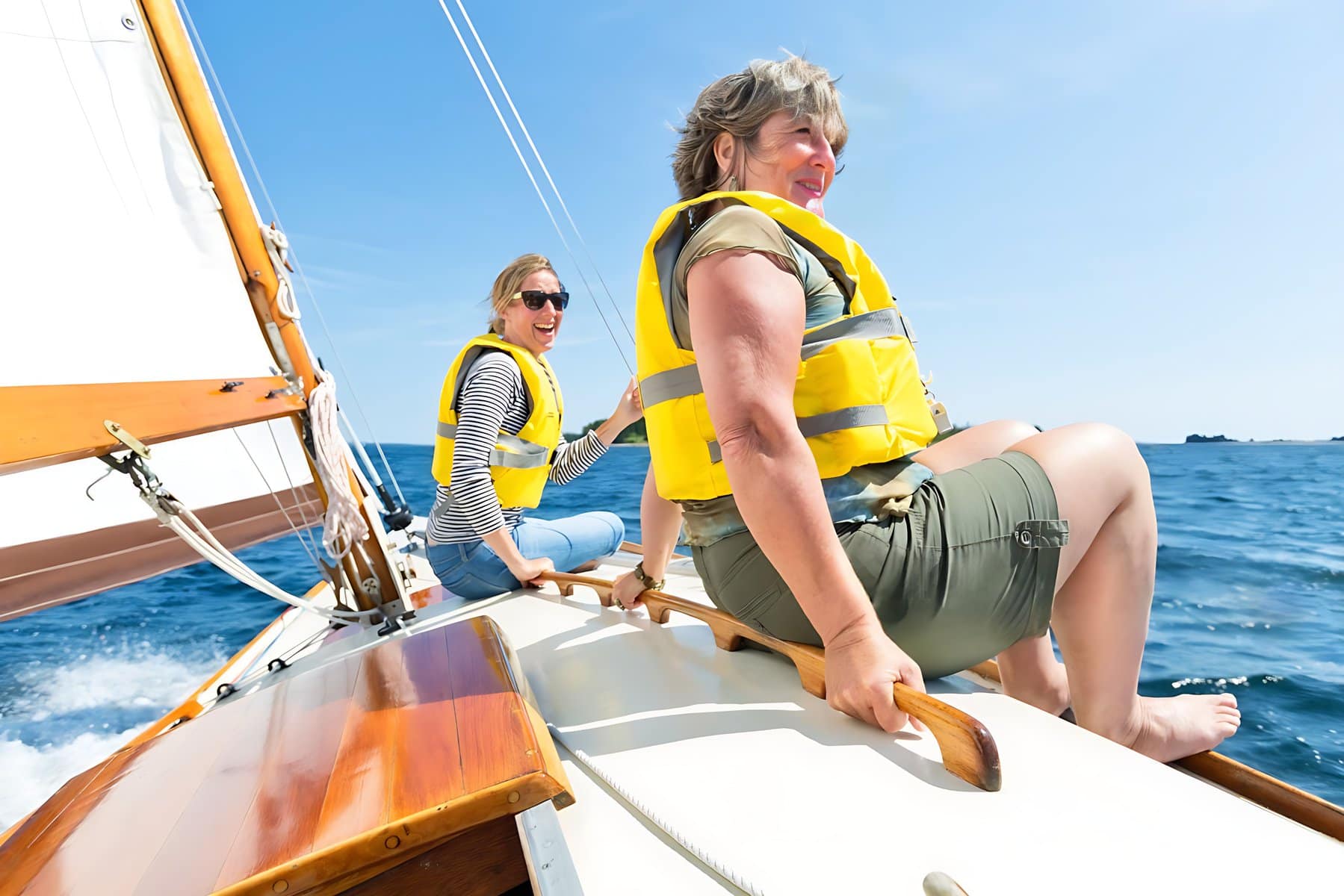Choosing the right life jacket can save your life while boating or engaging in water sports. This article will explain the different types of life jackets and help you find the perfect one for your activity, from offshore life jackets to flotation aids and throwable devices.
Key Takeaways
- Understanding different life jacket types is essential for matching safety equipment to specific activities and water environments, enhancing overall boating safety.
- Proper fit and comfort of life jackets are crucial as they ensure effectiveness; a poorly fitted vest can lead to safety risks.
- Regular maintenance and inspection of personal flotation devices prolong their life and readiness, ensuring they function correctly when needed.
Understanding Life Jacket Types
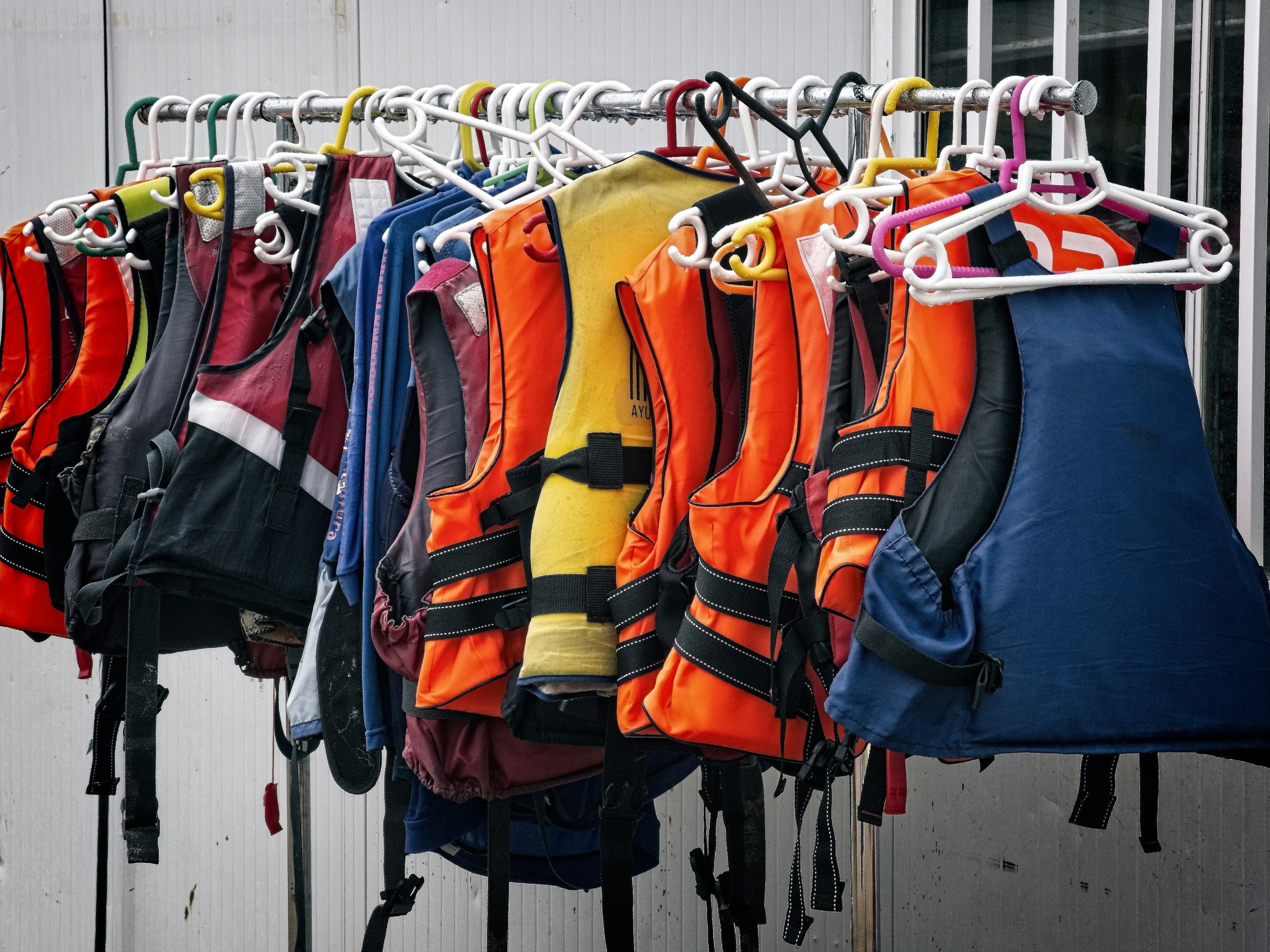
Personal flotation devices (PFDs) are required safety equipment by the U.S. Coast Guard for all vessels. They ensure safety in different water environments, playing a vital role in watercraft safety. Different types of safety vests cater to specific activities and environments, providing appropriate protection for various settings. A personal flotation device is essential for ensuring safety on the water.
Selecting the appropriate safety jacket for your environment and activity can greatly improve watercraft safety. Type I life jackets are ideal for offshore conditions, keeping users afloat and visible in rough waters.
Each type of life jacket, from offshore jackets to near-shore vests, has unique features to meet specific needs. We will explore each safety vests type, aiding you in finding the ideal life jacket for your next adventure.
Type I Offshore Life Jackets
Type I offshore life jackets are tailored for offshore use, providing maximum buoyancy and turning unconscious users face-up. Built for the harshest conditions, these coast-guard approved life jackets are perfect for deep-sea fishing, long-distance sailing, and other offshore activities. Offering 22 pounds of buoyancy for adults and 11 pounds for children, they keep wearers afloat in rough waters, even in heavy boat traffic.
Type I life jackets are made from bulky, inherently buoyant materials like closed-cell PVC or polyethylene. The PFD’s drip-dry feature ensures it dries quickly after exposure to water, making it more convenient for repeated use. This design guarantees maximum flotation and durability, essential for survival in offshore conditions. These safety vests also feature an international orange color, enhancing visibility during emergencies.
They are designed to turn an unconscious person face up, an essential feature for incapacitated individuals in the water. This life-saving capability, along with high buoyancy and visibility, makes Type I offshore life jackets a top choice for the boater’s safety.
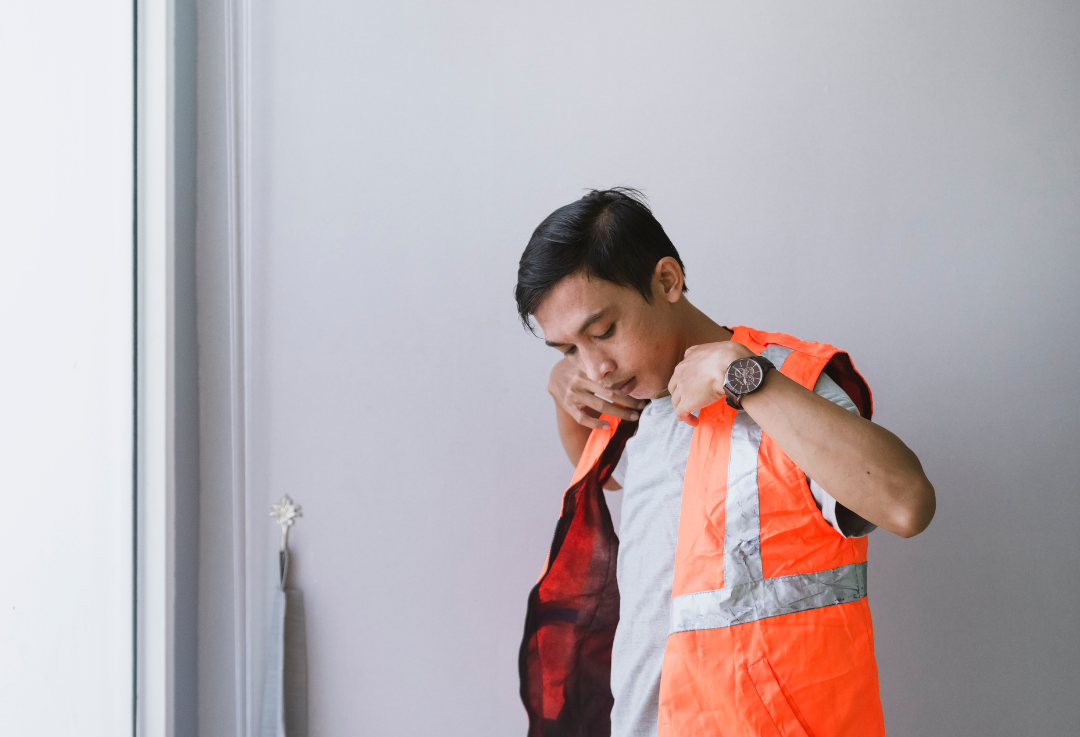
Type II Near-Shore Buoyant Vests
Type II near-shore buoyant vests are ideal for calmer waters. They are suitable for calm inland waters where quick rescue is probable. Providing 15 1/2 pounds of buoyancy for adults, they are adequate for most recreational activities.
However, Type II vests are less effective at turning unconscious wearers face-up compared to Type I vests. They may not always prevent a face-down position, making them less ideal for heavy boat traffic, unconscious wearers, non-swimmers, or young children. Despite these limitations, they are popular for their convenience and comfort in near-shore environments.
For recreational boating activities or water sports, Type II near-shore vests provide a practical safety solution for a recreational vessel in calm waters.
Type III Flotation Aids
Designed for continuous wear, Type III PFD offer comfort and mobility for various water activities. These type iii pfd are perfect for activities like fishing, kayaking, canoeing, and skiing. Unlike Type I and Type II jackets, these flotation aids do not turn unconscious wearers face-up, so they are best for conscious persons who can maintain their position in the water.
With minimum buoyancy equivalent to Type II vests, Type III PFDs offer reliable flotation while allowing for extended wear. Many designs, such as deck suits, provide additional comfort and flexibility for water sports enthusiasts.
From fishing vests to deck suits, Type III flotation aids provide a balance of mobility and flotation, making them versatile for many water enthusiasts.
Type IV Throwable Devices
Unlike wearable personal flotation devices, Type IV PFDs are meant to be thrown to a person aboard or in distress. These devices, including ring buoys and cushions, provide a minimum buoyancy of 16.5 pounds for rings and 18 pounds for cushions, ensuring flotation support in emergencies.
Type IV PFD should be readily accessible, not stored away, to ensure quick deployment in emergencies. Their simplicity and effectiveness make them essential in any watercraft safety arsenal.
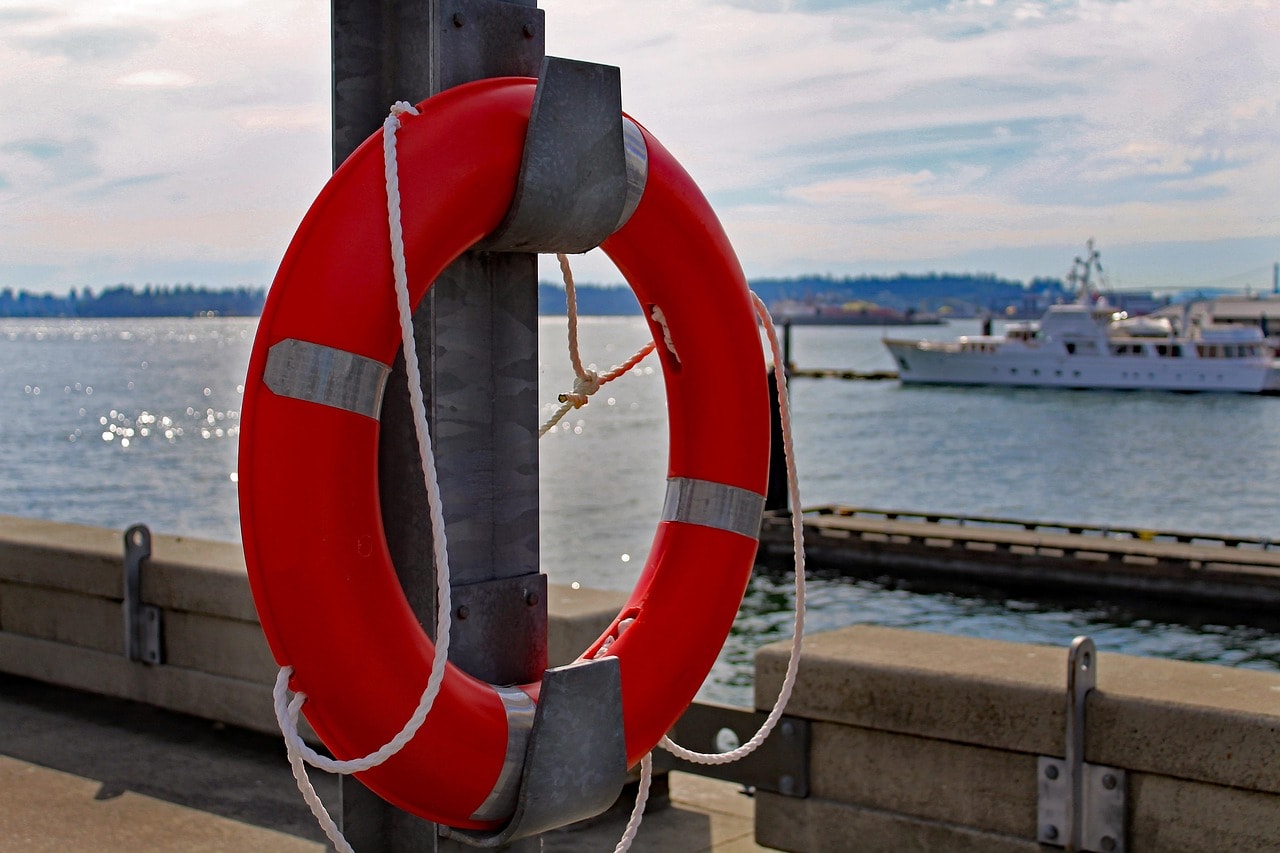
Type V Special Use Devices
Type V special-use devices are designed for specific water activities and often feature an inflation mechanism for added buoyancy. They cater to activities like windsurfing and must be worn to comply with Coast Guard regulations. Some models include inflatable PFDs, which activate automatically or manually to provide minimum buoyancy ranging from 15.5 to 34 pounds, depending on the design.
Some Type V PFDs feature an automatic inflation mechanism that activates upon water immersion, offering an extra layer of security. Others require manual activation, making them better suited for a conscious person engaged in high-movement activities.
Since Type V special use devices must be worn to meet Coast Guard regulations, they are best suited for experienced users who understand their specific function
Choosing the Right Life Jacket for Your Activity
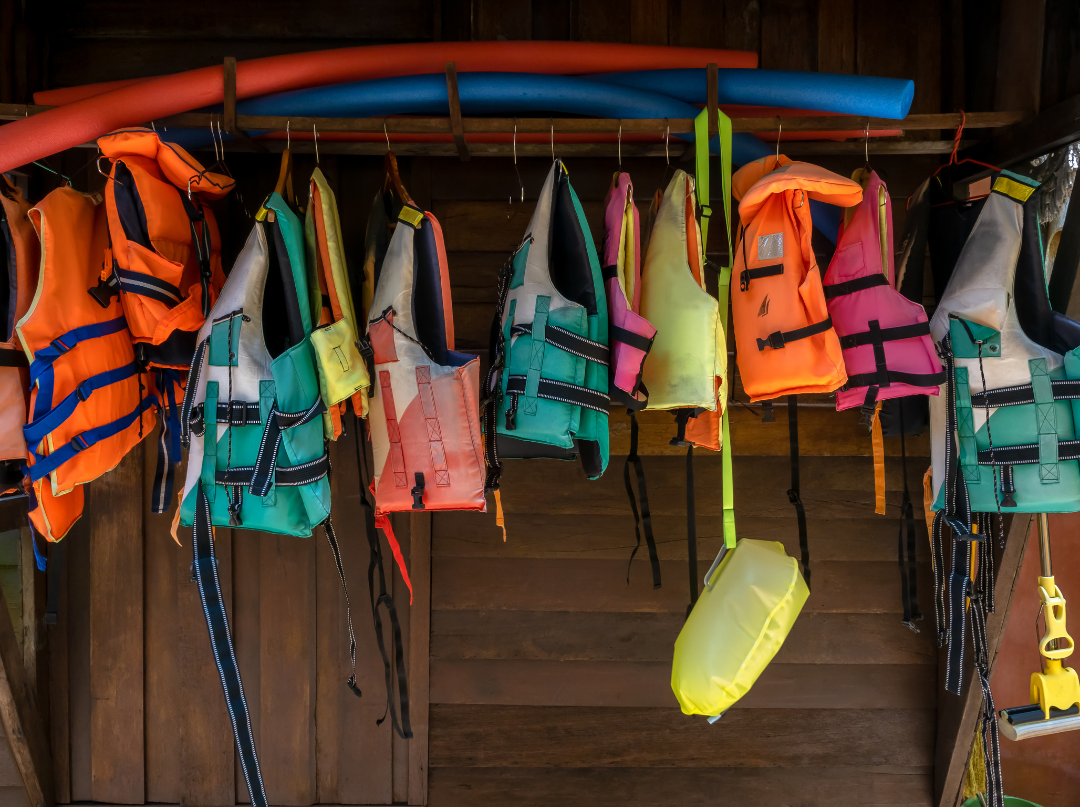
Selecting the right life vest is essential for safety and comfort during activities like fishing, skiing, and personal watercraft use. Offshore activities like deep-sea fishing and sailing are best suited for Type I life jackets, designed for rough water and high buoyancy. Type III jackets are recommended for personal watercraft activities due to their comfort and suitability for inland waters.
Type III life jackets also suit supervised activities like fishing and water skiing, offering comfort and adequate buoyancy for near-shore use. Examples of Type III personal flotation devices and aids include fishing vests and vests for water sports. Selecting a life jacket that matches the specific activity is crucial, as each has unique safety requirements. For those operating in cold waters, a float coat provides additional insulation and flotation.
A properly fitting and comfortable safety vest encourages consistent wear during activities, enhancing overall safety.
Ensuring Proper Fit and Comfort
A proper fit is necessary for a life jacket to be effective. A life jacket that is too large can slip off, while one that is too small may not provide sufficient buoyancy. Checking the manufacturer’s size and weight guidelines ensures the life jacket is suitable for the wearer. For adult sizes, life jackets should be chosen based on chest measurements for a proper fit.
For children, child-size life jackets are determined by weight rather than chest size to enhance safety. A full child-size life jacket should allow unrestricted movement, especially during water activities. The ‘Lift Test’ checks if a child’s safety vest fits correctly; if it rises above the wearer’s chin, it needs adjustment.
Comfort and proper sizing—whether child-size or adult-size— are key to consistent and effective wear of fit life jackets, ensuring maximum safety on the water with the appropriate life jacket.
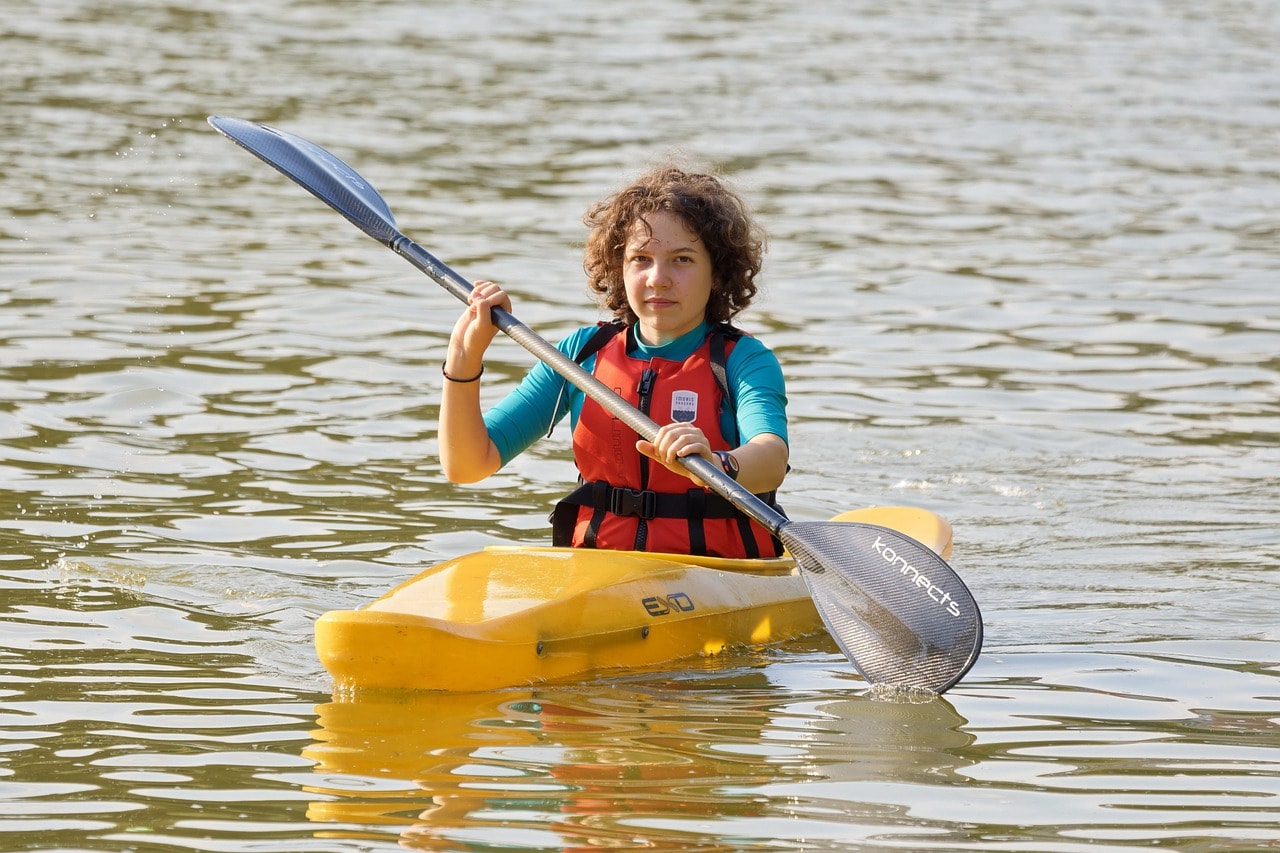
Maintenance and Care for Life Jackets
Proper maintenance and care extend the longevity and effectiveness of your life jacket. Personal flotation devices should be hand-washed or sponged down with warm, soapy water, avoiding full submersion and exposure of the inflator to water. After cleaning, rinse the personal flotation device with clean water and hang it to dry on a plastic coat hanger.
Store safety vests in a dry, well-ventilated area away from direct sunlight to prevent damage. Regularly inspect personal flotation devices for dirt, corrosion, and signs of wear or damage to maintain safety. For inflatable PFDs, ensure the service indicator is green and check for leakage during maintenance.
Proper care and maintenance keep your life jacket in top condition, ready to provide safety and peace of mind whenever needed.
Boating Safety and Compliance
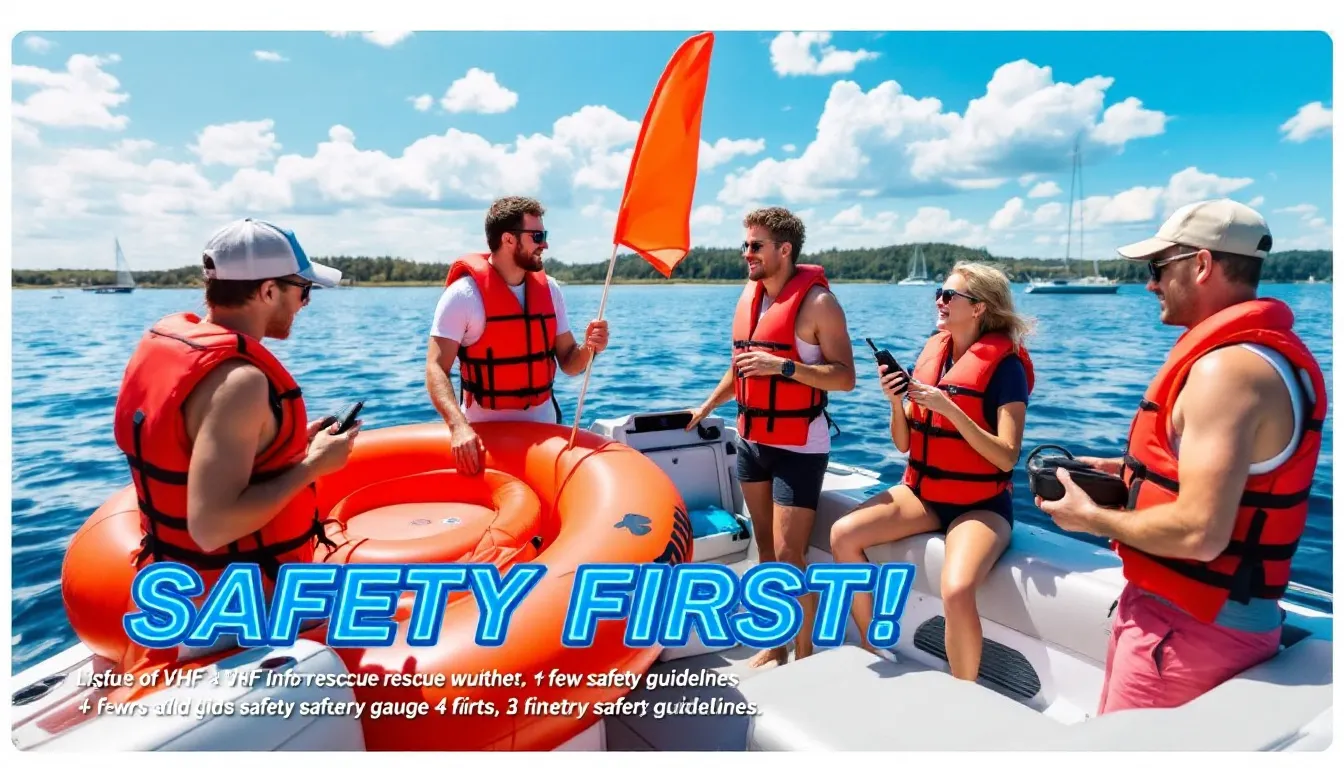
Boating safety is paramount, and wearing life jackets during water activities is crucial. Properly fitted life jackets ensure safety and comfort during water sports. Type IV devices are meant to be thrown to a person in distress rather than worn.
These devices should be readily accessible, not stored away, to ensure quick deployment in emergencies. Compliance with Coast Guard requirements and understanding the minimum buoyancy amount needed for different activities enhance overall watercraft safety and preparedness.
Completing a boater safety course provides valuable knowledge on using life jackets effectively, following safety protocols, and navigating various water conditions.
Summary
In summary, understanding the different types of life jackets, ensuring proper fit and comfort, and maintaining and caring for them are essential for boating safety. From Type I offshore life jackets to Type V special-use devices, each has unique features designed to keep you safe in specific water environments. Inflatable PFDs offer a lightweight option, while float coats provide warmth and buoyancy for cold water conditions. By choosing the ideal life jacket and adhering to safety guidelines, you can enjoy your water activities with confidence and peace of mind.
At Jiekang, we offer customized, high-quality life jackets designed for your safety and comfort. Explore our collection here.
For boater safety courses click here.
Contact Us
Finding the ideal life jacket shouldn’t be a hassle. At Jiekang, we make it easy to stay safe on the water with jackets that are comfortable, durable, and built for reliable protection.
We also know that sometimes, safety gear needs to do more than just protect—it should represent your brand too. That’s why we offer custom logo and color options, so your life jackets can match your business or team. Whether you need kids’ life jackets, inflatable ones, or three-piece designs, we’ve got options to suit different needs.
With years of experience and customers in many countries, we focus on quality, fair pricing, and fast delivery—so you get what you need, when you need it. If you’re looking for life jackets that offer both safety and a personal touch, we’re here to help. Let’s talk!
Check out our water rescue products here.
Frequently Asked Questions
What is the difference between Type I and Type II life jackets?
Type I life jackets provide superior buoyancy and can turn unconscious wearers face-up in rough waters, making them ideal for offshore use. In contrast, Type II life jackets are intended for calmer inland waters, featuring lower buoyancy and less effective turning ability.
How do I choose the right life jacket for my activity?
To choose the right life jacket, consider the type of water activity you’ll be engaging in. For offshore activities, opt for a Type I jacket, while Type III jackets are better suited for supervised recreational activities like water skiing and kayaking.
How should I maintain my life jacket?
To maintain your life jacket, hand wash it with warm, soapy water, rinse thoroughly, and hang it to dry in a well-ventilated area away from direct sunlight. This simple care will ensure its longevity and reliability.
What are Type IV throwable devices used for?
Type IV throwable devices, like ring buoys and cushions, are essential for keeping a distressed person afloat until help arrives. Ensure these devices are easily accessible on your boat for quick response.
Why is proper fit important for life jackets?
A proper fit is crucial for life jackets as it guarantees maximum buoyancy and safety. It should be snug yet comfortable to ensure it does not slip off during use.

